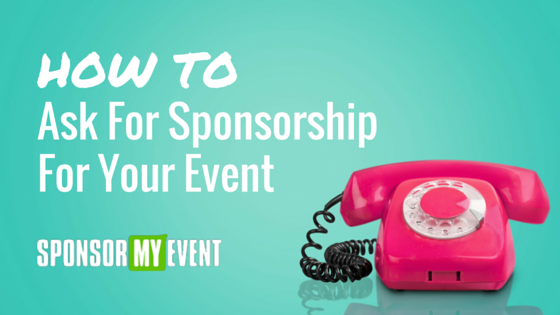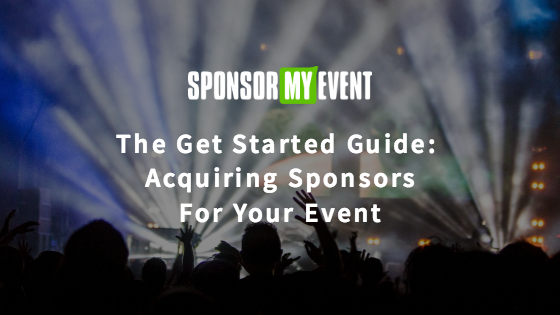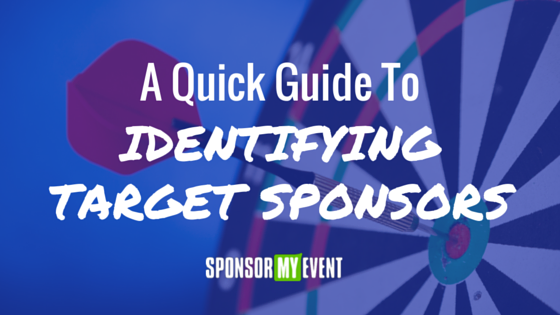
Unless you’re a born salesman, it can be incredibly painful to pick up the phone, dial up a stranger and pitch them on sponsoring your event. This post will teach you how to ask for sponsorship.
Write An Elevator Pitch For Your Event
Most of us have had to give an elevator pitch to concisely describe the companies we work for and what we do. Sometimes, we give these elevator pitches at industry events or to strangers we meet at a party. Depending on the environment and your audience, you likely tweak your pitch. Think of your event similarly. You should be able to describe your event, its value proposition and the types of people who will attend in a sentence or two. Here’s a formula you can try:
“I plan the {Name of Event} event, which offers {Audience} the chance to {Purpose/main goal/function of your event}. We have sponsors like {Company/brand} and {Company/brand} who want to reach {Audience} to {Sponsors’ objective: grow their brand, connect with the local community, generate leads, etc.}.
Now that you’ve crafted an elevator pitch for your event, you’re ready to start approaching potential sponsors.
Step 1: Get Clear On Who You Should Approach
You could pick up the phone book and start cold calling every company in town to ask for sponsorship. Or, you could start prospecting on Linkedin and reaching out to people directly. How you approach potential sponsors isn’t what you need to tackle first. You first need to focus on how you choose potential sponsors to approach. We’ve talked about developing sponsorship personas before. It’s very important because it allows you to concentrate your time and energy on approaching the prospective sponsors that have the highest likelihood of conversion. Conversion is marketer-speak for closing the deal and signing the sponsor. Otherwise, you’ll spend an awful lot of time throwing spaghetti at the wall to see what sticks…which means lots of wasted resources.
Step 2: Work The Phones…Or The Keyboard
Once you’ve zeroed in on your sponsor personas, it’s time to start hittin’ the pavement. But before you do that, post your event on SponsorMyEvent’s event sponsorship marketplace so that it’s discoverable by sponsors who are looking to find the perfect events to sponsor.
Next, If you plan events with a local, community-based attendance, then it’s not a bad idea to break out the Yellow Pages. Use your sponsor personas to start working your way through relevant categories. Make sure that when you do call that you ask to speak to the person in charge of marketing at that particular business, otherwise you can waste your own time pitching a sales associate or receptionist who has no interest or authority to greenlight sponsorship.
If you plan events on with a less geographically-sensitive audience, try using Linkedin to find and connect directly with potential sponsors based on your sponsor personas. You can also try cold prospecting by email which has become increasingly popular. Here’s a great article on getting started with email-based prospecting.
Step 3: Honing Your Pitch
The most crucial part of asking for sponsorship is the ‘how’. Before you can get an irresistible event sponsorship prospectus into your future sponsors’ hands, you need to get them interested in how your event can help them achieve their objectives. Whether by phone or email, you only have a brief window of opportunity to ‘hook’ the sponsor before you lose their attention and the window closes. Give them context with your elevator pitch and then immediately communicate the value you can bring to their marketing objectives. Ask the prospective sponsor what their goals and challenges are and then connect your event’s sponsorship offerings with those responses.
Step 4: Outline Next Steps
If you’ve had a call with a prospective sponsor or exchanged emails, the impetus is on you to establish the next steps. Perhaps that means you’ll send them your sponsorship prospectus (if they haven’t seen it already) and you’ll follow up a few days after that. Or, the situation might require that you craft a custom sponsorship offering to help them meet their objectives and your next step is to scope the offering and return to the prospective sponsor with the custom option and pricing. Whatever that next step is, you need to keep driving the dialogue forward towards signing the sponsor until you get a hard ‘no’.
Step 5: Ask For The Sale!
After you’ve educated the sponsor and exhausted the dialogue, it’s time to ask for the sale. Ask the prospective sponsor what they think about your event and the sponsorship offerings and if they’d be interested in sponsoring your event. If they say no, find out why not. It could be a matter of budget, timing or need. By learning ‘why not’ you can adjust your pitch for the future as well as add a data point to your research which can inform your sponsorship offerings and event strategy.
Lastly, ‘no’ isn’t a bad outcome for a sales dialogue like asking for event sponsorship. In fact, it’s better to get to a hard ‘no’ as quickly as possible without negatively influencing the process. This is because you don’t want to give up time on your calendar for discussions or strategizing on how to land a sponsor that’s never going to happen.



